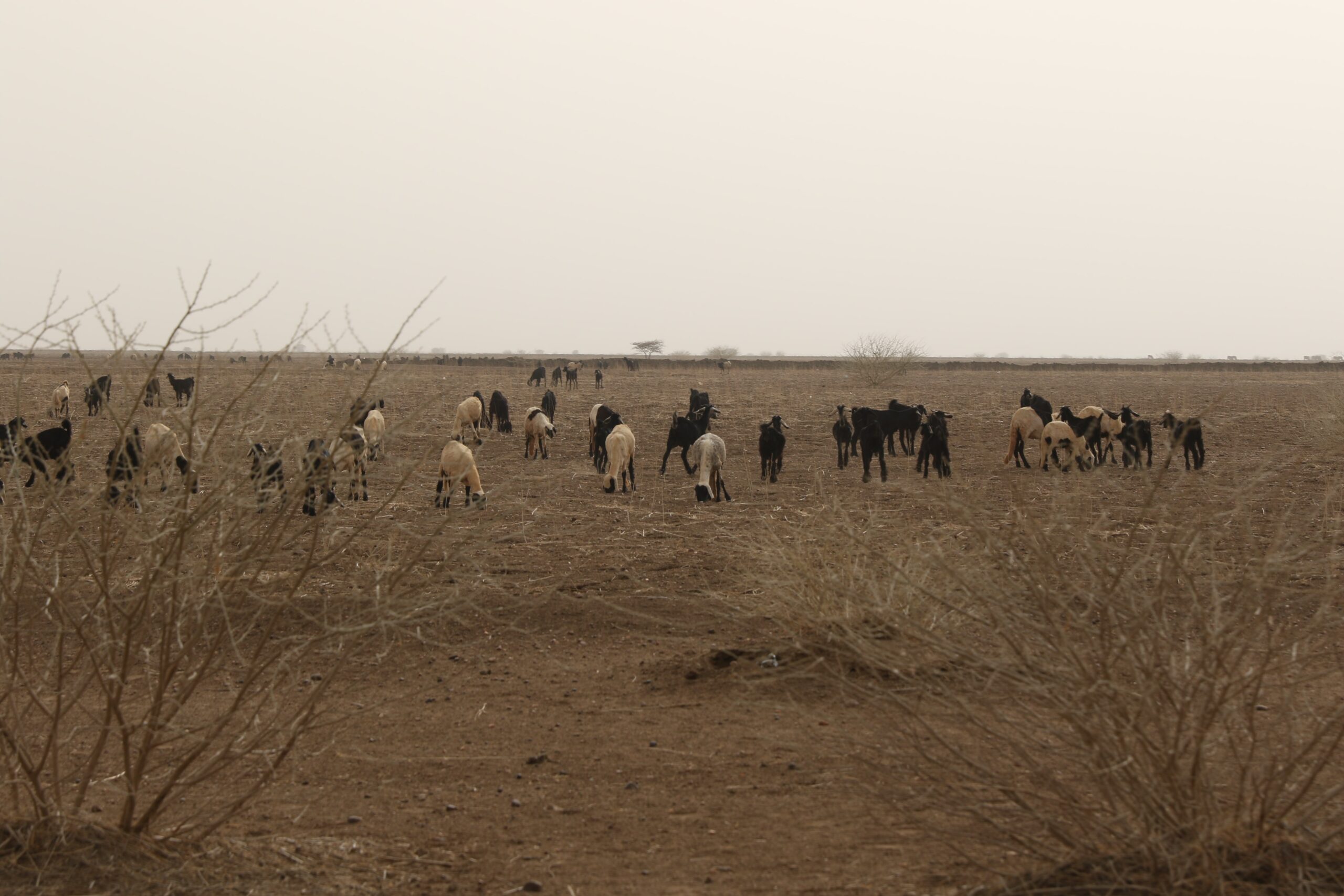An Adaptation Fund project has helped farmers in Sudan resist droughts. (Photo: Adaptation Fund)
[Project Story] Disaster risk reduction needs to sit at the heart of climate adaptation
An effective warning system could avoid billions of dollars in losses and even 24 hours’ notice could cut the damage caused by 30%
Climate disasters aren’t going away. In recent years the world has experienced an increase in both the number and severity of disasters caused by rising global temperatures.
One example comes from Christian Aid. Analysis by the charity found that in 2022 alone the top 10 climate disasters cost an estimated US$168 billion. These disasters, from flooding in Pakistan to drought in China and Europe, displaced over seven million people.
But the current frequency of climate disasters could serve as a mere prelude for what is to come as temperatures continue to tick upwards. The UN’s Office for Disaster Risk Reduction estimates that by 2030 the number could increase to 560 a year, or 1.5 disasters a day.
As the costs mount so do calls for compensation from vulnerable nations which have contributed little to the crisis. The issue of loss and damage has gained prominence in recent years, but so far it remains a work in progress.
Preparing for risk
A crucial way to stem the rising economic and human cost is to improve resilience and to better prepare for the future. And one key component behind any effective disaster risk strategy is to have an early warning system in place.
“Vulnerable communities in climate hotspots are being blindsided by cascading climate disasters without any means of prior alert,” the UN Secretary-General, António Guterres, said at the COP27 climate summit last year. He was speaking at the launch of ‘Early Warnings for All’, an initiative which seeks to protect the global population with early warning systems by 2027.
By some estimates an effective warning system could avoid billions of dollars in losses and even 24 hours’ notice could cut the damage caused by 30%. The question is how to develop the technology as part of a wider strategy to tackle disaster risk.
The Adaptation Fund is one organisation working on the issue, and it was set up to support developing countries against the ravages of climate change. The fund is heavily involved in financing disaster risk reduction projects, in particular across the African continent, which is deeply exposed to the climate crisis.
Read the full story here on Climate Home News.



